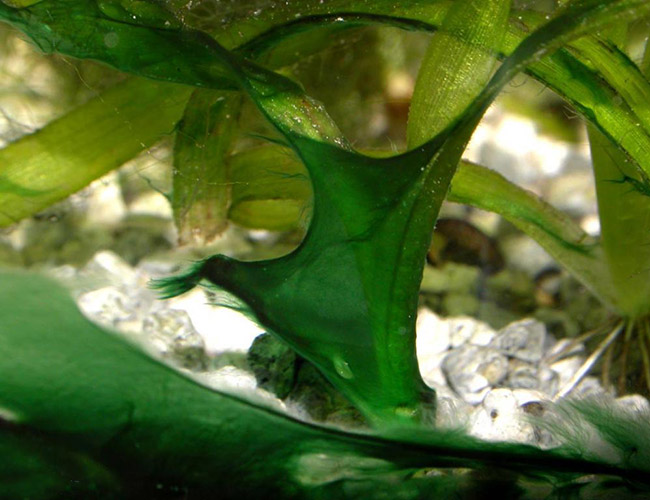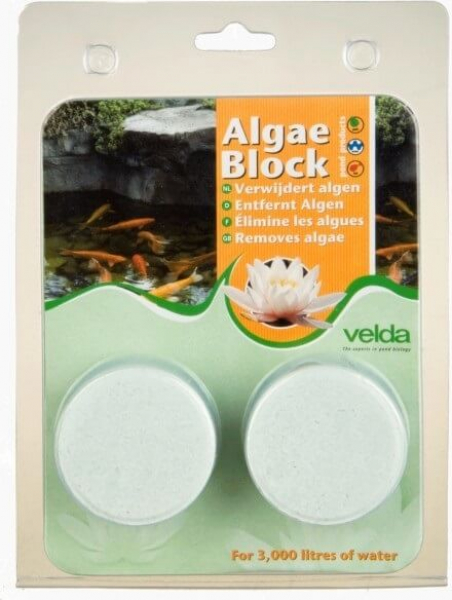


Dinoflangellates are also toxic to most tank inhabitants. Most of the time they look like a stringy “snot” and will sometimes have what looks like to be bubbles on their surface. They range in color from: dark brown, to light green, to colorless. They are among the hardest marine tank nuisance algae to properly identify. The below picture shows a spot of cyano that I had in my 120 gallon reef Cayno can grown on any surface of in your tank. Even though it technically is not an algae, it still has the basic requirements of and algae in terms of nutrients and lighting. Cyano can look a lot like a red power forming on top of the substrate or structures in the tank in its earlier stages which will grow into a slimy looking structure most often with filaments forming on them as well. They are more commonly a shade or red in color but can develop in shades of green and/or blue like you would see in a fresh water aquarium. It typically develops when the water quality is low and/or there is low flow in the tank. Cyano is not actually an algae but a form of photosynthetic bacteria. This is another very common problem among hobbyist. The below pic some some golden (almost red) diatoms that I had got in my 90 gallon reef tank They can also cover most surfaces in your tank from the rocks to the substrate. If you have silicates in your tap water, you may be faced with an on-going diatom problem. In these cases, the diatoms are a temporary problem that will usually just away on their own once the silicates in the water have been consumed. They can be very common in newer tanks as most new substrates can release silicates into the water which fuel the diatoms. Some of the more common nasty algae types:ĭiatoms are commonly brownish or golden brown in color and seldom last longer than a month or two in a typical set-up with normal water quality. I will share some of my experiences (both the good and the bad) at the end of this article. Some algae here and there is normal, but a lot of it is not. Although there will likely be some small swings in some parameters as the tank matures, you don’t have to go through any excessive algae stages by properly planning your set-up and applying some preventative measures from the start. In my opinion and experience, that is not completely accurate. There is a common belief that a new tank will go through various stages of different nuisance marine algae as the tank cycles and then matures over the next 6 months to a year. When the algae gets out of control is when we need to take steps to control it. Having a little bit of agae in you tank is not a bad thing, and (in my opinion) can give your aquarium a more natural look and feel. This doesn’t include any information about macro algae.

The good news here is that once you learn more about what most algae need, you can control them and prevent them from becoming a problem again. This article is about the nasty marine algae that can plague some people to the point of wanting to get out of the hobby.


 0 kommentar(er)
0 kommentar(er)
